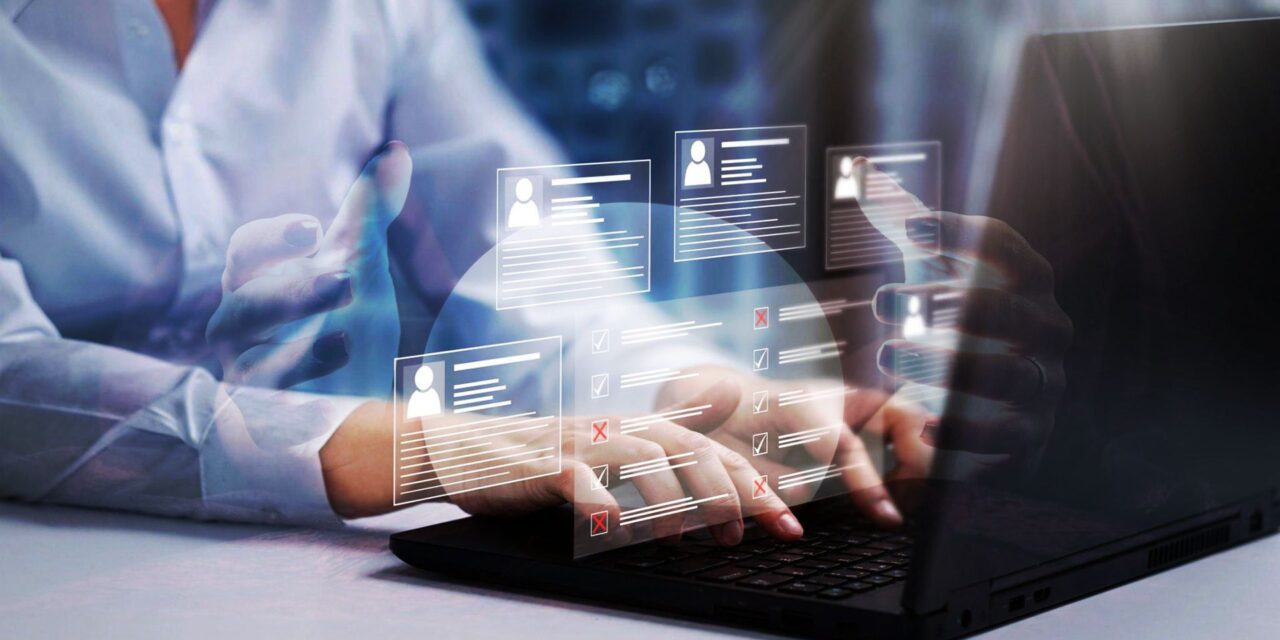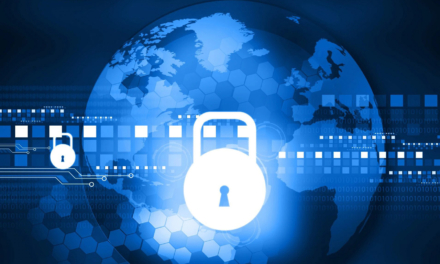A security awareness training expert shares her thoughts and forecasts for the coming year.
Without further ado, here are the nine expected cybersecurity trends for 2021:
- Remote working security: The coronavirus pandemic has forced organizations to move their workforce remotely. Next year, we will see a larger investment in remote workers’ security. This will probably be a bigger task than most anticipate, with a bottom-up review of which security controls are working, and which are not.
We will likely see better communication channels settled on, better training and security tools that are less obtrusive to productivity.
Working from home will increase the number of data breaches caused by insiders. With the reduced control organizations have on their workforce, mistakes by insiders can easily be made, resulting in unintentional data breaches. Organizations will have to increase their employees’ level of awareness on this topic. - Passwords or not? 2021 will be the tipping point for passwords. With advancements and adoption of Fast Identity Online (FIDO) and Multifactor Authentication (MFA), we are going to see fewer new services offering only passwords as a form of authentication.
However, what this means is that we will see an increase in attacks against MFA or passwordless technologies. We have already seen examples of SIM hijacking to obtain the SMS codes, but this will likely ramp up and we will start to see bigger and worse attacks. - MFA exploitation: As the world turns more towards MFA, people will learn that it does not really stop hackers. It never has. Once a hacker learns that you are using a certain type of MFA, then they will use your reliance on it to bypass the protection you thought was guaranteed.
- Security culture: In 2021, we will continue to see the general uptake of security culture, both the term and the concept, across the industry. This increased understanding will result in a broader understanding of the concept of securing the human elements of organizations and will lead to more comprehensive and complete security programs.
- Ransomware in general: The scourge will continue to get worse, leveraging data exfiltration and stolen employee passwords to force victim organizations to pay. A good backup and tested restore will no longer be enough to prevent the ransom from being paid.
Cybercriminals will increase the cost of ransoms, and it will be standard for a double payment to delete it. Cybercriminals will create an e-store of stolen databases for the public at large if the ransom is not paid. - Ransomware via mobile attacks: Consumers will see an increase in WhatsApp and SMS fraud. Not only will the number of scams increase, but cybercriminals will become bolder by asking for higher amounts of money and using more forceful and devious techniques to manipulate people into paying.
- Phishing: As the world begins a partial return to offices and workplaces, we will see another surge in phishing attacks. Similar to the initial move to working from home, people will be hungry for information related to the process of returning to the office and will have questions. The attackers will exploit this desire for information once again.
There will be also be massively-scaled spear-phishing attacks linked to COVID-19 vaccines, with all-time high click rates in 2021. - Industrial Control Systems (ICS): Attacks will increase against Industrial Control Systems in an attempt to cripple damage power plants or manufacturing organizations. Cybercriminals will continue to develop and attempt to use more exploits against ICS systems and work towards crippling operational technologies such as a nation’s electricity grid, water treatment operations or a major manufacturing facility.
- QR code phishing will become a normalized and very serious attack vector: This is something that has been more of a theoretical threat ever since the creation of QR codes.
During 2020, we saw QR code usage showing up more and more often. As the ubiquity of QR codes continues to increase and our smartphone cameras automatically detect and browse to the websites embedded in the QR code, we can see that this will become an attractive and lucrative threat vector.

















